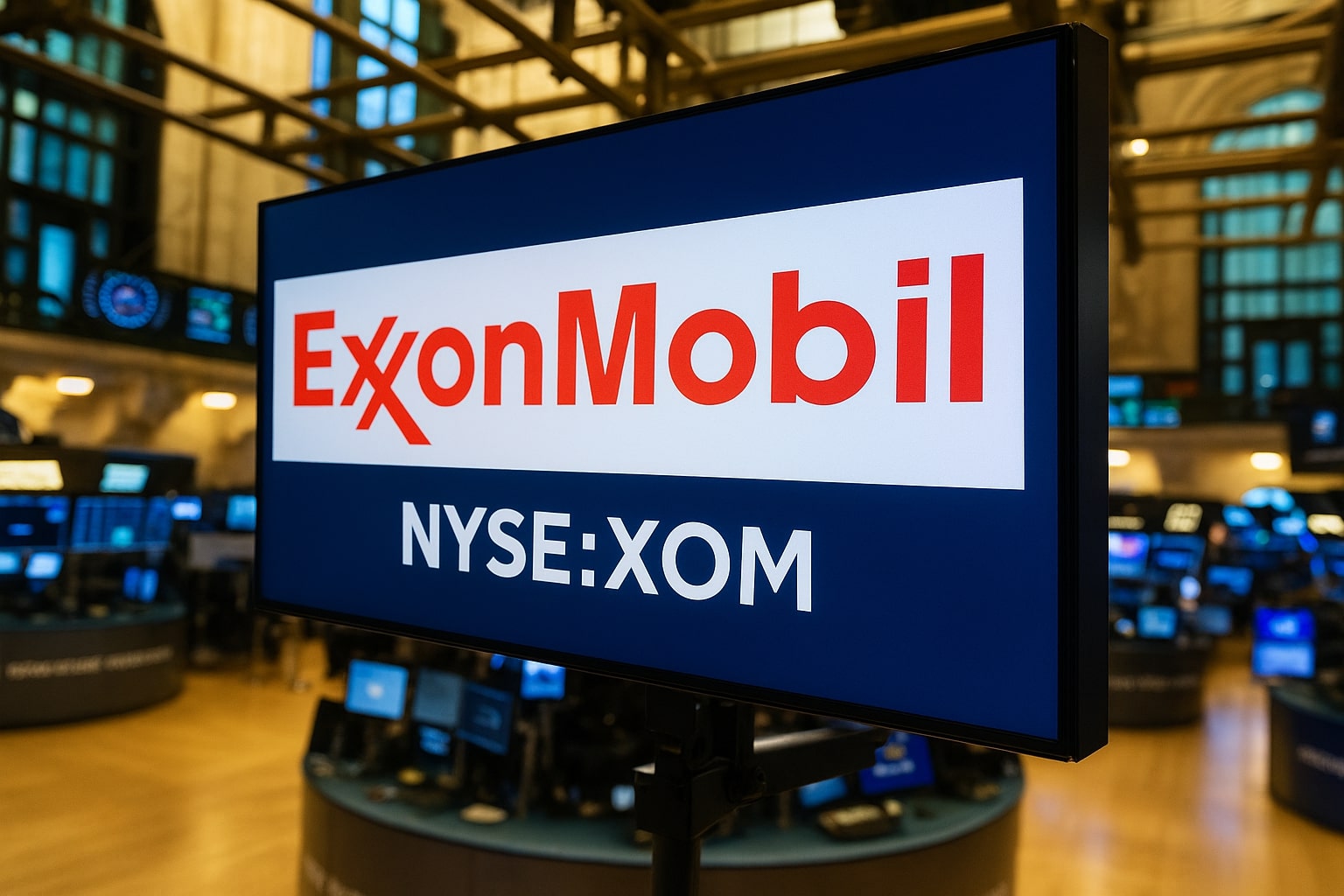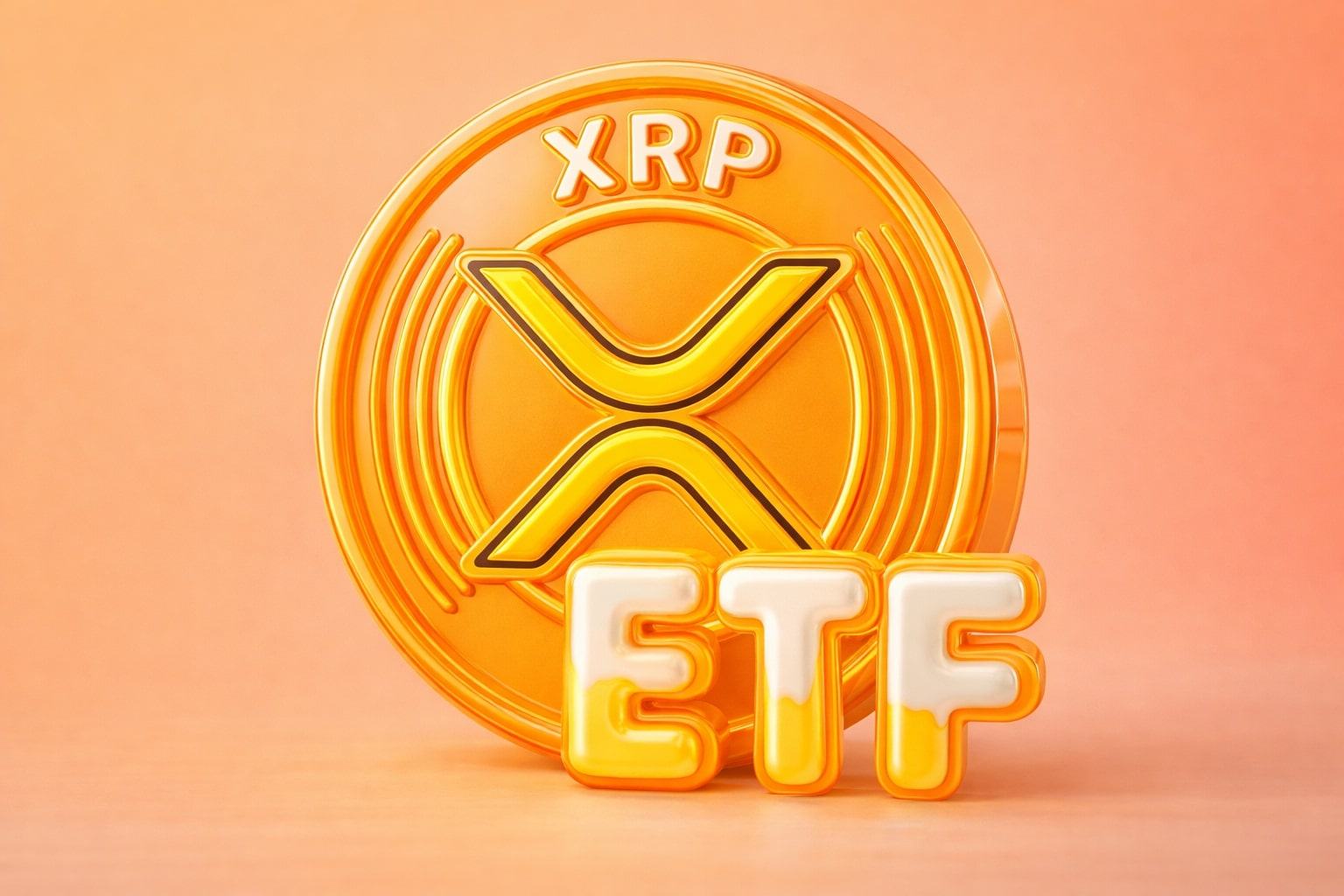ExxonMobil (NYSE: XOM) Q1 2025 Results: A Solid Investment Amidst Challenges
ExxonMobil (NYSE:XOM) continues to stand as a robust player in the energy sector, reporting earnings for Q1 2025 that, while slightly lower compared to last year, reflect the company’s strategic positioning and strong growth prospects in its core production areas. With a market cap of $445 billion and a dividend yield of 3.8%, ExxonMobil’s investment strategy remains focused on growth, including its ongoing share buyback program and high-capacity projects in both domestic and international markets.
In the first quarter of 2025, ExxonMobil posted a profit of $7.7 billion or $1.76 per share, down from the $8.2 billion or $2.06 per share recorded in Q1 2024. This earnings drop came despite a solid $6.8 billion generated from the company’s upstream business, which includes its oil and gas exploration, production, and reserves. Cash flow from operations was strong at $13.0 billion, while free cash flow came in at $8.8 billion. The company continues to make shareholder-friendly decisions, with $9.1 billion returned to shareholders through dividends ($4.3 billion) and share repurchases ($4.8 billion) in the quarter.
The significant factor driving the company’s performance has been its acquisition of Pioneer Natural Resources, which has expanded ExxonMobil's footprint in the Permian Basin. This acquisition alone contributed to a 19.4% year-over-year growth in earnings from the production segment, with production volumes reaching an impressive 4.55 million BOE/day, a 767,000 BPD increase compared to the previous year. The Permian Basin continues to be a core driver for ExxonMobil’s growth, with the company planning to double its Permian production by 2030, aiming for 2.3 million BOE/D.
ExxonMobil’s Strategic Position in the Global Market
ExxonMobil’s international operations continue to be a key differentiator, particularly its involvement in the offshore oil fields of Guyana. With a 45% ownership stake in the Stabroek Block and a recoverable oil estimate of 11 billion barrels, ExxonMobil’s long-term growth is closely tied to the success of its Guyana projects. Production from the Stabroek Block is projected to increase from 616,000 BPD to 674,000 BPD in 2025, and the company aims to ramp up to 1.3 million BOE/D by 2030. The recent arbitration with Chevron regarding the Hess interest in Guyana is a critical development to monitor, as it could potentially impact ExxonMobil's stake in the area.
Additionally, ExxonMobil’s entry into the LNG sector, alongside its oil ventures, positions it as a leader in the energy transition. The company has also been making significant moves into carbon capture, hydrogen, and lithium brine production, marking it as one of the few major oil companies to diversify its portfolio in this way. While its competitors, including BP (BP) and Shell (SHEL), have been scaling back on such projects, ExxonMobil is embracing them as part of a strategic moat-building approach.
Valuation and Future Outlook for ExxonMobil (NYSE: XOM)
ExxonMobil’s valuation remains attractive for investors, with shares trading at a price-to-earnings ratio (P/E) of 13.7 based on the 2025 fiscal year’s earnings projections. The company’s forward P/E ratio for 2026 stands at 12.7-15.4, suggesting room for growth relative to its earnings potential. The current stock price of $103.27 per share is at the lower end of its 52-week range, which spans from $97.80 to $126.34, making it an appealing option for those looking to buy at a discount.
ExxonMobil’s earnings yield, standing at 7.7%, reflects strong cash flows and operational efficiency despite the challenges posed by fluctuating oil prices. The company’s long-term debt remains manageable, with a debt-to-equity ratio of just 8%, positioning ExxonMobil to weather economic downturns or volatility in oil prices.
One of the standout features of ExxonMobil’s investment strategy is its shareholder return program. With a robust dividend yield of 3.8% and a $20 billion annual share buyback program, the company has committed to rewarding shareholders even as it invests in future growth. The strong free cash flow, which supports these activities, is a testament to ExxonMobil’s disciplined financial management.
ExxonMobil’s Growth Strategy: The Pioneer Acquisition and Permian Focus
The $63 billion acquisition of Pioneer Natural Resources is a key strategic move that further solidifies ExxonMobil’s position in the Permian Basin. The deal, which was completed in May 2024, added significant acreage and reserves to ExxonMobil’s portfolio, and production from the region is expected to more than double. This acquisition alone provides the company with substantial growth opportunities, particularly in an environment where shale production is pivotal for U.S. energy output.
ExxonMobil’s commitment to its Permian operations is evident in its ambitious production goals, which aim for 2.3 million BOE/D by 2030. The company’s investments in both domestic and international production, including Guyana’s offshore fields, provide it with a diversified portfolio capable of producing robust returns in a volatile energy market. Moreover, the integration of Pioneer’s resources and assets has positioned ExxonMobil as a dominant force in one of the world’s most productive shale basins.
Risks and Potential Downside for ExxonMobil (NYSE: XOM)
Despite its strong market position, ExxonMobil is not without risks. The company is still heavily dependent on oil prices, and a prolonged decline in petroleum prices could significantly impact its earnings and free cash flow. The company’s exposure to international markets, particularly in politically volatile regions such as Guyana and Qatar, also introduces country-specific risks. Additionally, ongoing environmental and climate-related lawsuits could pose a reputational risk, although these are unlikely to have a substantial financial impact in the near term, given the current legal landscape.
ExxonMobil’s diversification efforts into carbon capture, hydrogen, and LNG provide a long-term hedge against the potential decline of oil and gas markets, but these ventures are still in the early stages. As such, investors should remain cautious about the scalability and profitability of these new initiatives, particularly given the slow pace of regulatory and market adoption.
Recommendation for ExxonMobil (NYSE: XOM)
With its strong cash flow, low beta, and shareholder-friendly return policies, ExxonMobil remains a solid investment for both value and dividend-focused investors. The company’s strategic acquisitions, particularly the Pioneer Natural Resources deal, offer a significant growth opportunity in the Permian Basin, while its international assets, particularly in Guyana, provide exposure to high-growth oil fields. ExxonMobil’s consistent performance in both upstream and downstream operations, combined with its strong financial position and shareholder return initiatives, make it an attractive buy for those looking to diversify their portfolios with a stable, low-risk energy investment.
For more in-depth stock information and to monitor insider transactions, visit the stock profile of ExxonMobil (NYSE:XOM) here.
ExxonMobil continues to be a leader in the energy sector, and with its diversified portfolio, strong operational capabilities, and commitment to returning value to shareholders, it remains a buy for long-term investors.



















